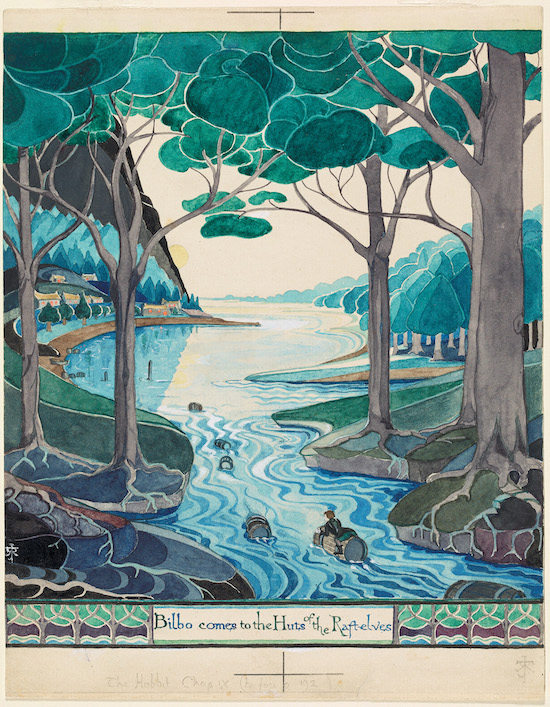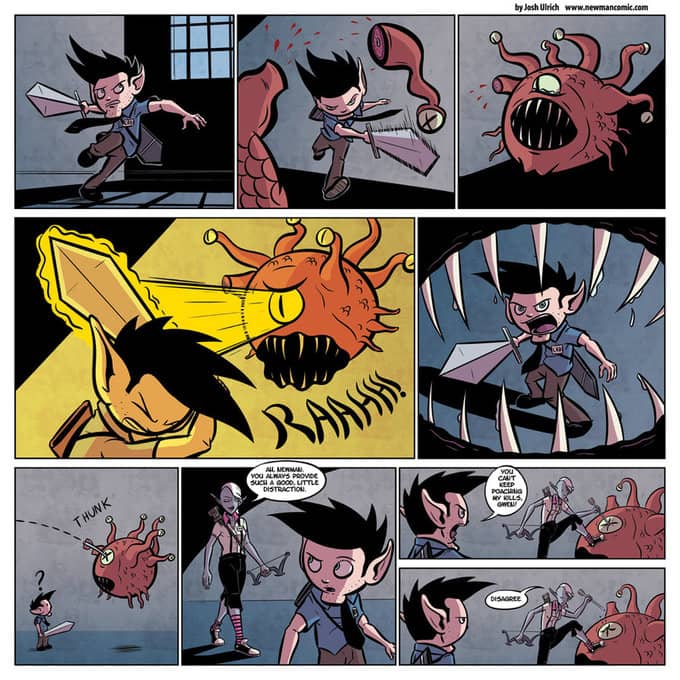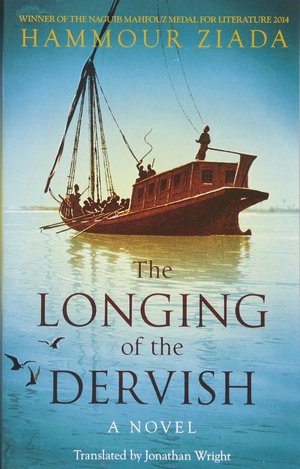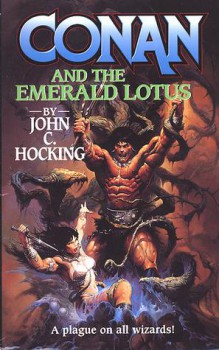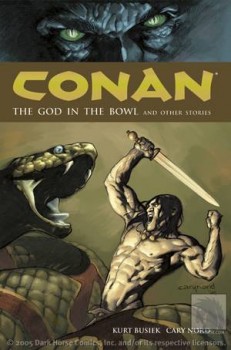Hither Came Conan: Fletcher Vredenburgh – “The Frost Giant’s Daughter”
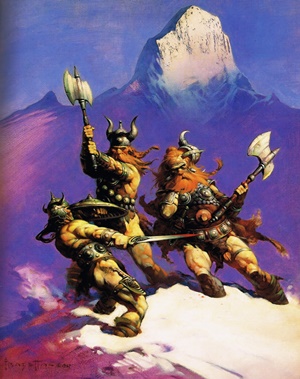
Submitted in 1932 to Weird Tales, “The Frost Giant’s Daughter” is possibly the first Conan story of entirely new material (read Keith West on the story’s publication history), and it is also unique in its style. It is stripped down to the bare, primal essences of sword & sorcery, and exists on the lip between reality and nightmare. There’s more of myth and dream to “The Frost Giant’s Daughter” than to any other Conan yarn. When I first encountered it in my younger days, I wasn’t quite sure what to make of it, but since then, I’ve come to appreciate it on several levels.
The lone survivor from a band of Aesir, Conan the Cimmerian finds himself facing Heimdul, the sole survivor from a Vanir war party, on a corpse-littered field of snow. As soon as Conan defeats and kills the Vanir warrior, he finds himself overcome by the blinding sunlight reflected off the blood-stained snow.
He is raised from his stupor by the arrival of an ivory-skinned, red-haired woman of surpassing beauty. She is barefoot and naked, save for a filmy gown. Soon she is taunting him and he is chasing her. Both rage and mad lust drive him after her into increasingly mountainous terrain with a sky streaked by the colors of the borealis. As he finally nears her, two armored giants rise up from the snow and the woman reveals herself to be their sister. She has lured the Cimmerian northward to his doom.
He proves too powerful, though and, driven by a primal urgency, dispatches them quickly. Unable to ward off Conan any longer, the woman calls on her father, the terrible god, Ymir, and in response to her cries a cascade of blinding blue lights from the heavens strike Conan, leaving him unconscious again. He next finds himself shaken awake by some of his comrades from another war band.
A debate follows whether Conan’s experience was real or just the result of the blow to his head that dented his helmet. One old soldier, Gorm, claims to have seen her in his youth. She is Atali, daughter of Ymir, and has lured men to their deaths for ages. Only Gorm’s wounds kept him from following her himself. Despite the tale, Conan is still unsure of what really happened – until he realizes he still clutches a gossamer gown in his hand.
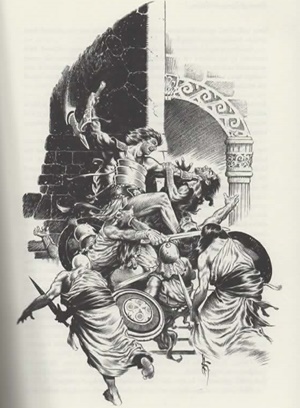
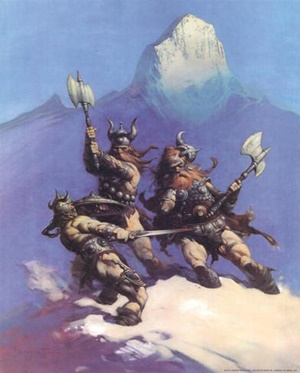
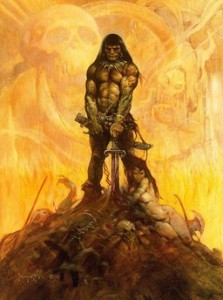
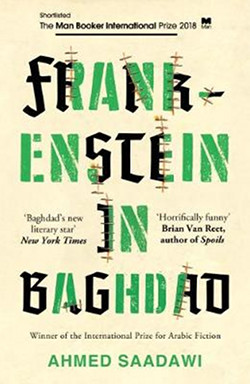 The Arabic world has seen an upsurge in speculative fiction in recent years. Some attribute it to the disappointments of the Arab Spring and the disaster of the U.S. invasion of Iraq. Others point to ready access to the Internet, allowing Arab writers to communicate more easily with genre fans in other parts of the world.
The Arabic world has seen an upsurge in speculative fiction in recent years. Some attribute it to the disappointments of the Arab Spring and the disaster of the U.S. invasion of Iraq. Others point to ready access to the Internet, allowing Arab writers to communicate more easily with genre fans in other parts of the world.